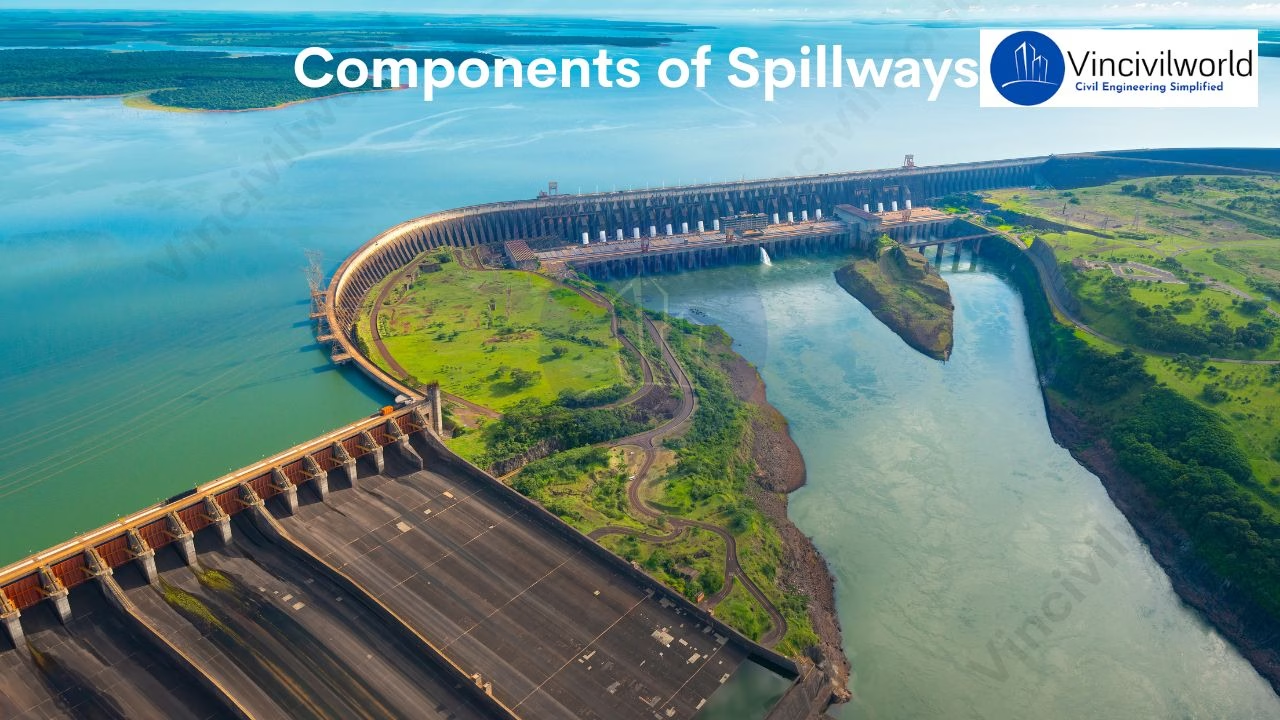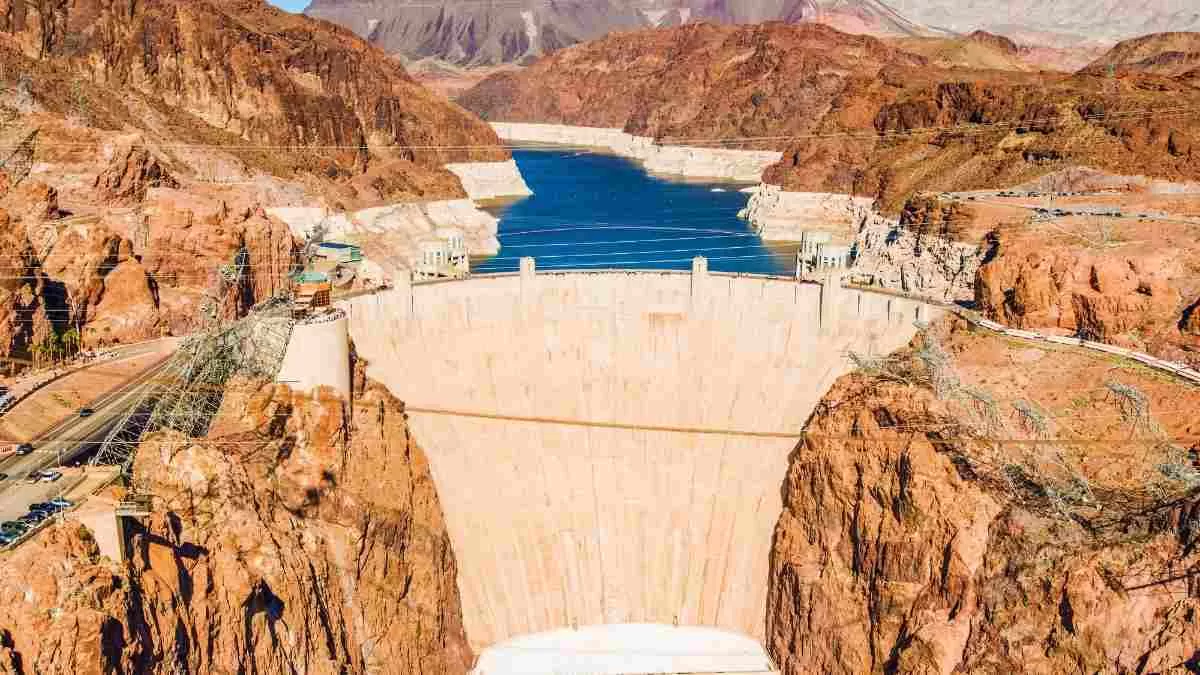Dams are obstructions constructed across the water bodies to control the water flow and water levels. Dams serve as a water source for human consumption, irrigation purpose, power generation, prevention of floods when there is a sudden discharge of floodwater. The water that impounds in the dams is also used for recreation purposes and industrial uses. They are mostly made up of rock fill or earthen.
What are dams?
The dams are barriers built to restrict and manage the natural flow of rivers, waterways, or streams for human needs. A dam may be a natural one or artificial. They help to confine water and reduces the water rise and flood problems. Dams retain water by forming a reservoir behind the structure. They got an Upstream side and Down stream side. The place where water is collected is called the Upstream side. The water impounded is used as storage and is called Reservoir.

Also read : Type of Dams – 3 main classification criteria explained
Benefits of dam
The dams provide a range of environmental, economic and social benefits
One of the most important benefits of dams is water storage. The stored water is used for drinking, cleaning, bathing, gardening, irrigation purposes, industrial purposes.
The large dams and reservoirs serve as recreational spots for fishing and boating purposes. Dams play a major role in preventing damages due to floods by collecting and storing excess water during rains and are released as and when required.
The dam is the main source of providing water for irrigation purposes in areas where rain and water are scarce.
Also read : Methods of irrigation – 3 methods full guide
Site selection of dams.
The dam is a massive and strategic structure and needs a perfect site selection before proceeding with construction.
- Topography -Making maximum use of the available volume of water is the main objective of a dam. The slope of the area, groundwater table, contour, weather condition, etc is other factors for dam site selection.
- The bed level at the dam site should preferably be higher than that of the river basin. This is for reducing the dam height and facilitating the drainage of water.
- Foundation – The foundation should bear the whole weight and pressure of the dam. It should be permeable, thick, and should have adequate strength.
- Economic criteria – This includes the construction and maintenance cost of the dam. The land value, cost of construction materials and construction time, etc. to be taken into account while selecting a dam site. Quality construction materials required for dam construction have to be available near the proposed location. Always opt for a small length dam with maximum water holding capacity for economising the project.
- Height of Dam – The height of the dam should be economical, and should store the maximum amount of water.
- Earthquake zone – The dam site should not be an earthquake zone. It may cause a collapse of the dam and losses.
- Material availability – Materials like rock, aggregate, soil, filler, etc. should be available near the site.
- Climate condition – The climate of the site should be bearable, possibilities of landslides should not occur.
- Spillway site: A suitable location for the spillway should be available in the nearby vicinity of the dam.
- The dam site should be easily accessible and economically connected to nearby areas. Area required for establishments and labour camps of construction group shall be available nearby in a safe zone.
- Environmental issues should be taken into consideration while selecting the dam site.

Advantages of dams
- Water storage : Dams are one of the major sources of water for domestic uses like cooking, cleaning, bathing, washing, drinking water, gardening, agricultural uses, industrial purposes, etc. The water is supplied through the canal or with the help of a pipe system from the dam.
- Irrigation – The water from the dams is diverted through canals to the field where the water level is low for irrigation purposes.
- Hydroelectric power – The water stored in the dam is passed through turbines for hydroelectric power generation.
- Flood prevention – The water level of river, streams, etc are maintained by constructing dams across it. This prevents the loss and damages from unexpected floods.
- Recreation – The water stored in the dam is used for fishing, boating, and other recreational activities.
- Debris control – Dam also provides the retention of hazardous material and protects the environment.
Disadvantages of Dams
- Groundwater table – Stagnation of water in the dams alters the groundwater table.
- Ecosystem – The dams prevent the fish migration and help in the breeding of mosquito which affects the ecosystem.
- Water temperature – The aquatic temperature is varied by the dams, which causes a serious problem for aquatic lives.
- Greenhouse effect – The reservoirs emit greenhouse gases which leads to global warming.
- Rehabilitation – The discharge of water from the river affects the peoples living in the downstream area.


